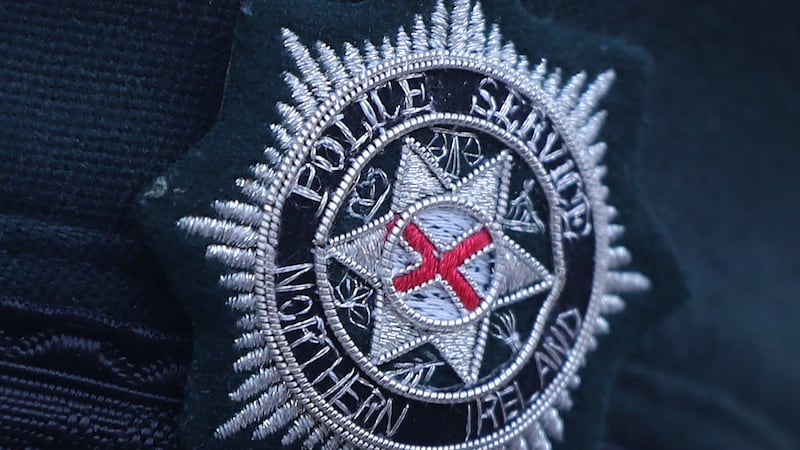A SPECIAL Irish honey bee conservation area is set to be launched on the shores of Lough Neagh.
The native honey bee, which is also known as the Black Bee, has come under increasing threat from pests and foreign sub-species in recent years.
Now members of the Co Tyrone based Low Country Native Irish Honeybee Association are taking action to protect the native bee by setting up a conservation area along the southern and western shores of Lough Neagh.
Leading bee keeper Jonathan Getty explained that native bee stocks face two main threats, including the import of foreign species.
“The conservation area is for our native Irish honey bee, which is under threat mainly due to hybridisation with other types of bee,” he said.
“Then they hybridise and that’s the big risk - you lose the genetics through that. Bees mate in the air so if people bring in bees of other types of subspecies then they cross and you lose your local bee…you can’t fence them in like cattle, they mate in the air, they don’t mate in the hive.”
Mr Getty said native bee stocks are also at risk from disease.
“When bees are imported from other jurisdictions you risk bringing novel pests and pathogens to the area,” he said.
He said a dedicated conservation area will help protect our native species.
“Basically it’s a protected area in that every bee keeper in the conservation area just keeps the native bee, that means there’s no risk of hybridisation with non-native bees brought in from elsewhere,” he said.
“What you need to do is get all the local bee keepers working together as a unit and everybody is keeping the same type of bee, the native bee. That provides a protected area.”
Mr Getty explained those behind the project are taking advantage of the geography around Lough Neagh.
“What they are trying to do in this group is have a protected area in east Tyrone, if you take the bottom end of Lough Neagh around Derrylaughin, Coalisland, and work up through Ardboe.”
“The water on Lough Neagh gives protection on one side and if you can get all the bee keepers on the western side of Lough Neagh working together that will provide a safe area for keeping the native bee.”
Mr Getty said efforts are being made to encourage all local bee keepers to become part of the important project.
“You need to talk to all the local bee keepers and explain to them the rationale of protecting the native bee and you will get them all on board,” he said.
The launch of the Mid-Ulster Native Honeybee Conservation Area will take place at the Washingbay Centre on Friday at 7.30pm. Everyone is welcome to attend.



